Caltanissetta
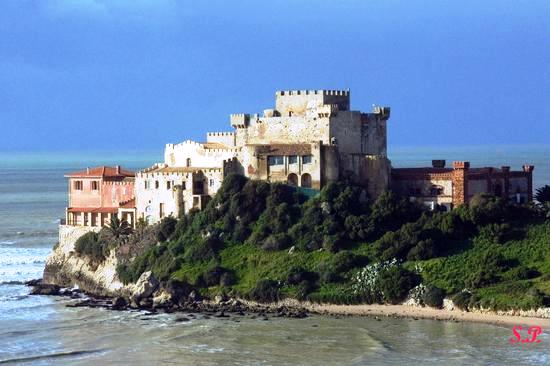
Caltanissetta The city lies between three hills (St. Anne, Mount St. Elias and Poggio San Giuliano) which, arranged in an arc, forming a basin within which develops the old town and the entire southern region. Immersed in Sicilian nature, the city of Caltanissetta offers a journey to rediscover nature. Seven protected parks are located in this province in the heart of Sicily. You can also get lost in the past between the various cultures that have left evidence of their passage: Greek, Arab and Bourbons.
Gela It is the most important archaeological center of the province and one of the largest of Sicily. In its territory there are three major archaeological sites (Acropolis, Capo Soprano and Hellenistic Terme, Emporio Greek) and a host of non-equipped sites but of great historical and archaeological interest (eg Manfria, Bitalemi, old station, Piazza Calvario, Grotticelle, Notaro floor, etc.).
San Cataldo A few kilometers away, the ruins of an ancient city of proto-historic age, the seventh century BC, Hellenized from the sixth century BC The remarkable necropolis with hundreds of graves with rich collection. The finds are in the Archaeological Museum of Gela.Milena: Mount Campanella, south-west of the town, tholos tombs between X and XII century BC On the hill of Serra del Palco, traces of human settlements in the Neolithic.
To visit the different castles in the province of Caltanissetta: The Castle of Butera, already existed in 854 and was owned by the emir Alaba; in the twelfth century became Norman who, after 30 years won the fight with the Saracens, took it over and expanded it. Originally it was formed by four towers at the sides of a wide fortified area; Today it’s presents a quadrangular tower 36 meters high, decorated with mullioned windows of Catalan style with pilasters and capitals. The castle has a rich interior decorated with sculptures and outside its elegance is mainly due to the mullioned window that stands on the side facing the square. The manor, unlike all the fortresses of Caltanissetta that arise in the country, stands in the middle of the village.
Castle Mussomeli It was built between 1364 and 1367 by Manfredi Chiaramonte, after having obtained the Lordship of Castronovo and Mussomeli. In 1374 the castle was the house of King Frederick III King of Sicily. After Ottavio Lanza, son of Don Caesar, the late sixteenth century left the castle for good, the fortress was used as a prison and then abandoned altogether. Since then the castle was not touched, nor altered, remaining with its feudal system and frozen for three centuries, without the offense of a Mannerist and Baroque transformation. Some walls collapsed over time, stones and marbles are stolen, collapsed the floor of the Barons’ room can be found: that is what an exeptional tourist could see in the early twentieth century, the Kaiser Wilhelm II Hohenzollern; shortly after the architect Ernesto restores it with the will of the Prince of Trabia. Today the manor is in good condition and, within it, you can not miss the great hall from the vaults characteristics. Moreover, among the 200 strongholds in Sicily, it is undoubtedly the most inaccessible and impregnable fortress.
Castle Falconara It was built presumably in the fourteenth century, since documents show that in 1392 Martin I of Aragon gave it as a gift to the faithful Hugh Santapau. The manor house is located in a magnificent position on a rocky promontory overlooking the sea, overlooking the Gulf of Gela and owes its name to the beautiful bird of prey used in falconry, noble sport beloved in the Swabian-Norman period. The fortress has a solid square tower, part of the more primitive structure, topped by battlements and which is said to uphold a right breeding of falcons hunting. After Santapau family, the castle was owned in the property, by the German Count Branciforti Wilding in the nineteenth century, ending in 1848 with the Chiaramonte Bordonaro baron Antonio Chiaramonte Bordonaro. A mid-nineteenth century the castle was enlarged with a new building, making it the elegant noble residence which appears today.
Castle Delia It has ancient origins since it is assumed already existed at the time of the Aragonese domination, which expanded it during their stay in Sicily (from 1000 to the second half of 1400). It is an imposing fortress in size and architecture, last defensive rampart on the road linking Catania to Agrigento. The castle, also known by the name of Castellaccio, stands in a strategic position on a limestone hill, and it is currently possible to admire the medieval ruins from the outside only.
Castle Garsiliato It is located on a mountain at 354 meters high, 6 km east of Mazzarino. Its name comes from the term “Arx Saliatum” meaning “of Saliati” castle, the 12 priests of Mars instituted by King Numa Pompilius; and in fact a temple of Mars, saved by the Arab invasions and transformed into a church by the Normans, is right next to the castle. The castle has ancient origins, probably around 1000 century, and local people is also known as’ U Cannuni. The fortress, whose location was indeed relevant in respect of the village that once stood at his feet, he lost all strategic function with the construction of the nearby town of Mazzarino. Of that village today there is no trace, and few are the remains of the temple. Currently in the castle there are only a few architectural elements, the most important of which is a corner shelf on which unloaded the times, while the above-ground ruins allow a partial reconstructive reading of what was to be the old facility.
Castle Svevo di Gela, also known as Castelluccio, was done allegedly built in Norman times as the oldest mention of Castelluccio dates back to an act of donation in 1143, although several historians attribute its construction to the fourteenth century. Built in part by reusing blocks of white limestone and yellow limestone wall of greek Caposoprano, it presents a rare formal rigor in the general definition and architectural details. The castle stands on top of a sandstone hill and today architecturally what is most striking are the quadrangular towers that reinforce two of the corners of the system. Unfortunately, the castle is not in good condition as seriously DAMAGED after the bombings of World War II.
Castle Pietrarossa in Caltanissetta. The origin of this fortress, which had great strategic importance in the Middle Ages, is lost in the mists of history, perhaps of prehistory: some found work Sikelian or Sicilians, but this view has no basis; others believe that it already exists in Roman times; others attribute it to the Saracens. These will certainly had room and were driven by the Normans who, put his hand to the structure, so much so that the first historical information on the existence of a castle date back to that time in Caltanissetta. Since then, the grand castle – that had three towers, three rocks forming the base is one foundation only accessible from part of the West – were linked to the events of the city and the whole of Sicily Il Castello suddenly collapsed on the night of February 27, 1576 . what remains is a very small thing: a sunken look-in stone, a small Roman arch topped with a slit, a cistern. However, the eloquent ruins were declared a national monument.

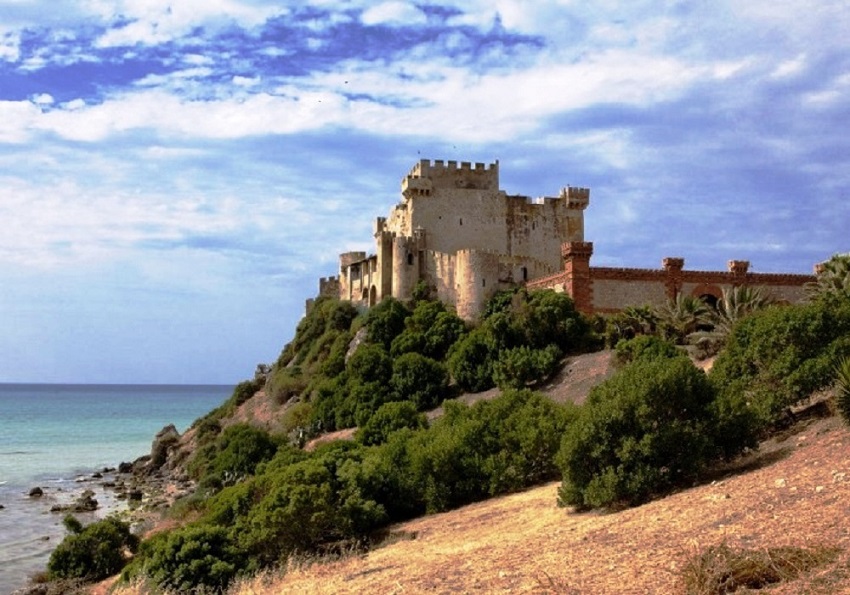
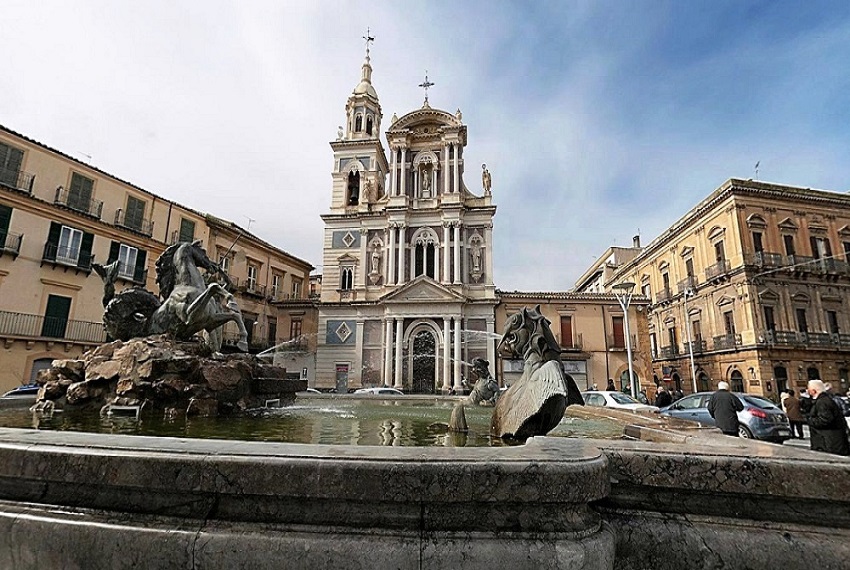
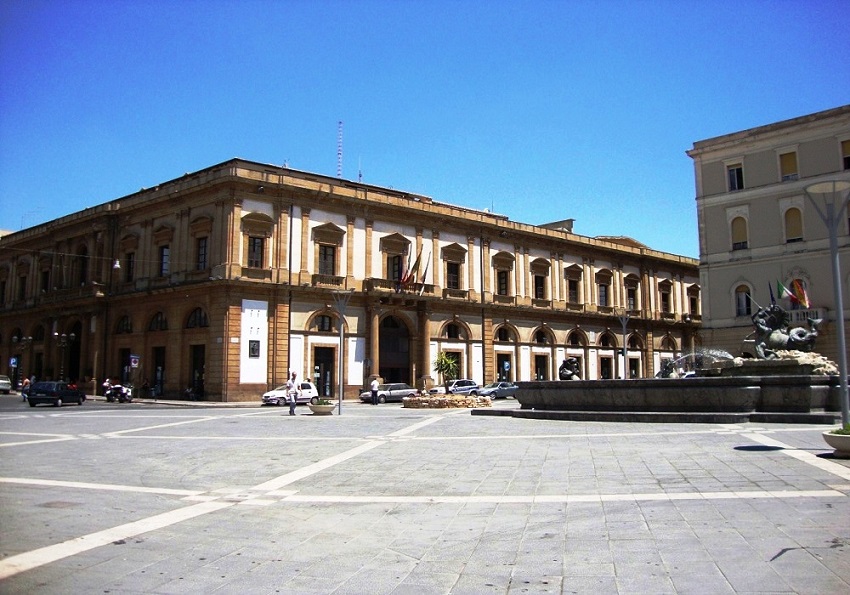
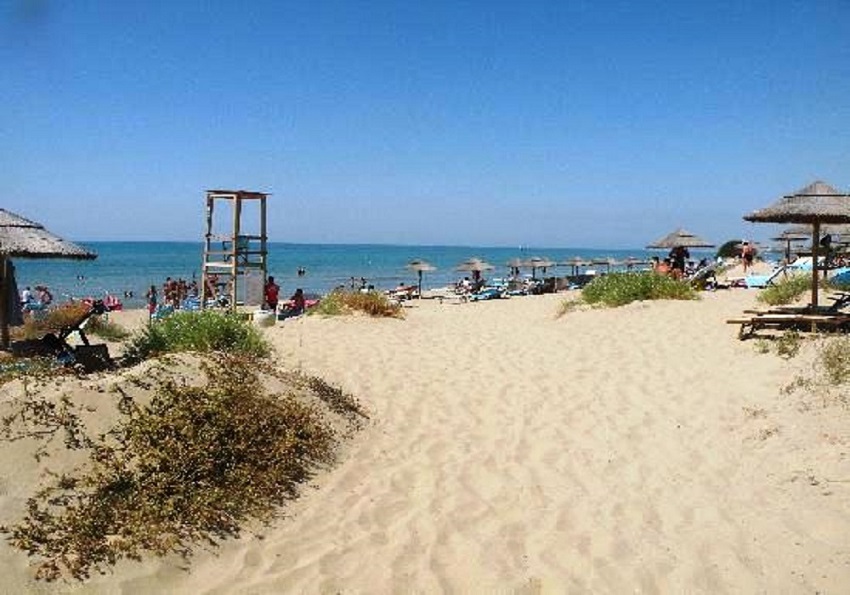
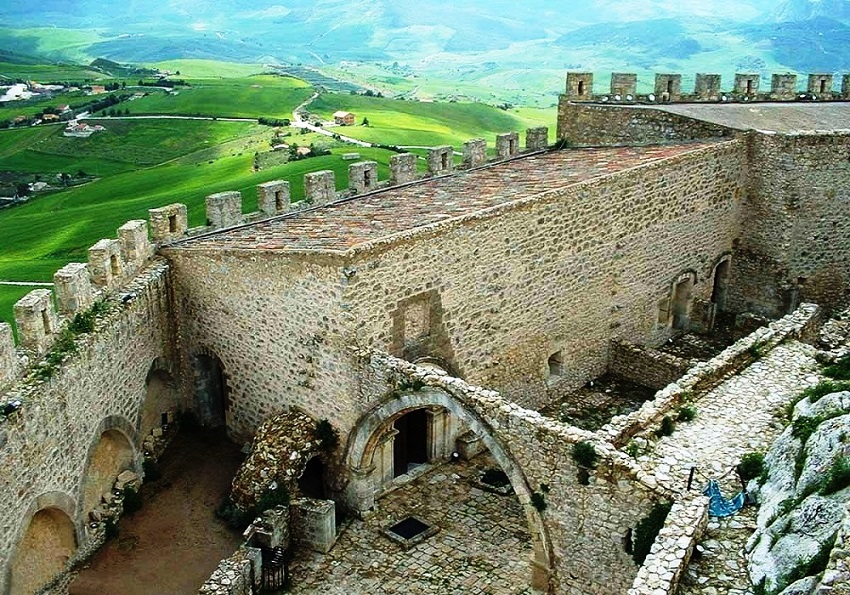
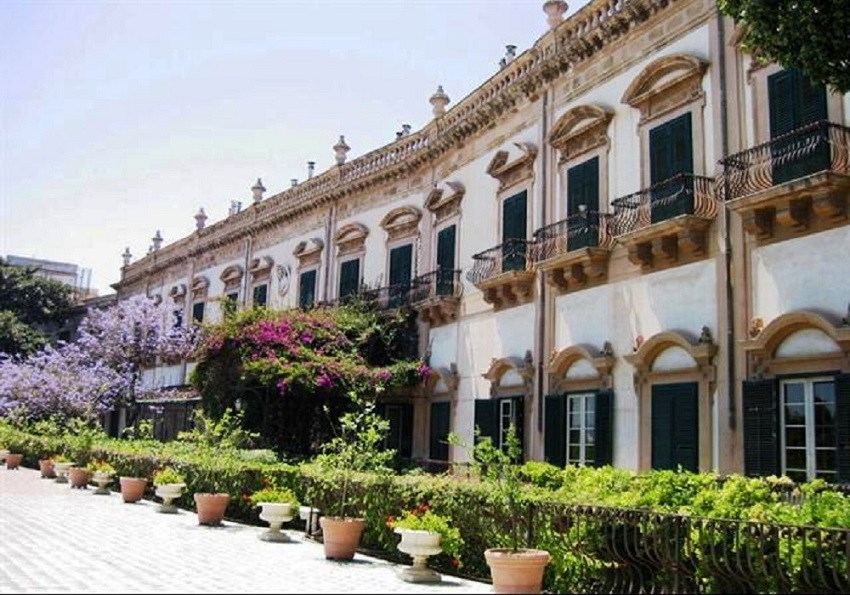
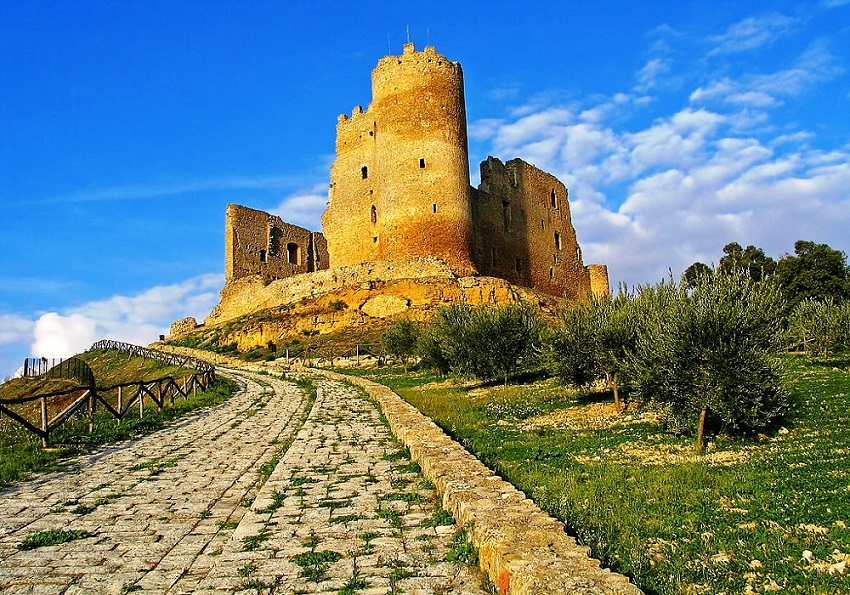
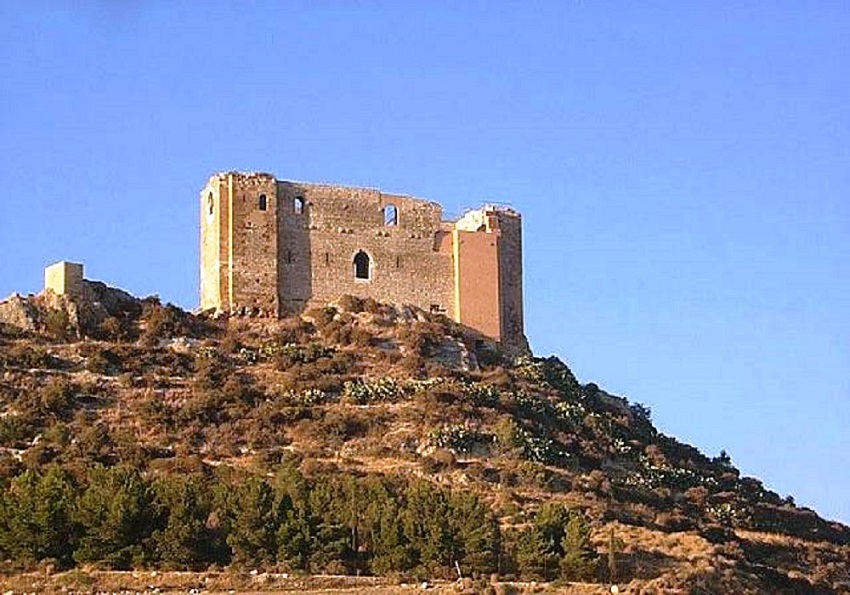
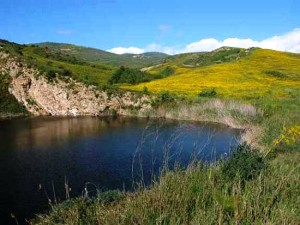 The Reserve Monte Capodarso and Lower Valley Imera is explored by following the course of the Southern Imera River, between the foot of Mount Capodarso and Mount Sabucina, coming in close contact with an archaeological and natural context of rare beauty. Two are then guided itineraries in the nature of Sicily that bring lovers of trekking and ecology to discover the hidden corners of Monte Reserve Capodarso and dell'Imera Lower Valley, routes that can be traveled on foot, following the experts of the Italy Our. In fact, walking in this green area of the Caltanissetta province, territory considered the true heart of Sicily, you will discover the particularities of the Monte Capodarso Reserve, an area that sees the presence of archaeological sites, farms and sulfur mines.
Much of the reserve Monte Capodarso, since ancient times, was the site of deposition of salts and microorganisms that have given rise to soft rock and easily diggable. And it is the responsibility of Italy Nostra Association guide that allows those who love to walk this kind of itineraries to admire, next to the ancient center of Caltanissetta, the wild over the southern Imera, particularly 'ecological corridor' , as a place of spring and autumn migration of many species of beautiful birds, herons dall'airone the coot, the hawk real all'albanella swamp. Among the land animals that can be observed in Monte Capodarso we reserve are also wild cats, porcupines, weasels and foxes, while among the reptiles, it turns out the 'snake of Aesculapius', harmless snake but also along two meters.
The nature reserve Lake Sfondato, entrusted management to Legambiente, was established in 1998 by the Sicilian Region to protect an environment of considerable geological interest and to study the morphology and karst hydrology of the lake. The Nature Reserve falls into a wider area of great natural interest. This refers in particular to the area of Monte Mimiani, to the Cliffs of Marianopoli, at Serre di Chibbò, the sinkhole of Monte Trabona and the course of the Strait Creek and River ascended. It is a heterogeneous complex of hills cut by deep valleys and streams (the greatest of these is the river Climbed), with the typical features of the Sicilian chalky-sulphurous formation: at times harsh and rough alternate variously inclined traits that together in more or less vast flat.
Sughereta Niscemi along with holm oaks, are represented typically evergreen shrubs of the Mediterranean maquis-forest. The magnificent forest of the past is now a memory, but still remain attractive environments where there are mastic trees, carob, wild olive, myrtle, strawberry tree, phillyrea and dwarf palm. The undergrowth is rich and bright populated by a diverse fauna that includes the wild cat and the fox; dormice and Quercini mice. Small warblers nest in the woods, the great spotted woodpecker and the hoopoe.
The Reserve Monte Capodarso and Lower Valley Imera is explored by following the course of the Southern Imera River, between the foot of Mount Capodarso and Mount Sabucina, coming in close contact with an archaeological and natural context of rare beauty. Two are then guided itineraries in the nature of Sicily that bring lovers of trekking and ecology to discover the hidden corners of Monte Reserve Capodarso and dell'Imera Lower Valley, routes that can be traveled on foot, following the experts of the Italy Our. In fact, walking in this green area of the Caltanissetta province, territory considered the true heart of Sicily, you will discover the particularities of the Monte Capodarso Reserve, an area that sees the presence of archaeological sites, farms and sulfur mines.
Much of the reserve Monte Capodarso, since ancient times, was the site of deposition of salts and microorganisms that have given rise to soft rock and easily diggable. And it is the responsibility of Italy Nostra Association guide that allows those who love to walk this kind of itineraries to admire, next to the ancient center of Caltanissetta, the wild over the southern Imera, particularly 'ecological corridor' , as a place of spring and autumn migration of many species of beautiful birds, herons dall'airone the coot, the hawk real all'albanella swamp. Among the land animals that can be observed in Monte Capodarso we reserve are also wild cats, porcupines, weasels and foxes, while among the reptiles, it turns out the 'snake of Aesculapius', harmless snake but also along two meters.
The nature reserve Lake Sfondato, entrusted management to Legambiente, was established in 1998 by the Sicilian Region to protect an environment of considerable geological interest and to study the morphology and karst hydrology of the lake. The Nature Reserve falls into a wider area of great natural interest. This refers in particular to the area of Monte Mimiani, to the Cliffs of Marianopoli, at Serre di Chibbò, the sinkhole of Monte Trabona and the course of the Strait Creek and River ascended. It is a heterogeneous complex of hills cut by deep valleys and streams (the greatest of these is the river Climbed), with the typical features of the Sicilian chalky-sulphurous formation: at times harsh and rough alternate variously inclined traits that together in more or less vast flat.
Sughereta Niscemi along with holm oaks, are represented typically evergreen shrubs of the Mediterranean maquis-forest. The magnificent forest of the past is now a memory, but still remain attractive environments where there are mastic trees, carob, wild olive, myrtle, strawberry tree, phillyrea and dwarf palm. The undergrowth is rich and bright populated by a diverse fauna that includes the wild cat and the fox; dormice and Quercini mice. Small warblers nest in the woods, the great spotted woodpecker and the hoopoe.